Taiji's Just Huangin Around Beiling Park Awhile
Tuesday, July 05, 2011
 Shenyang, Liaoning, China
Shenyang, Liaoning, China
Hey Hey and a Big G'Day toya,
Shenyang’s roots go back to 300BC, when it was known as Hou City.
By the 11th century it was a Mongol trading centre, before reaching its historical highpoint in the 17th century when it was the capital of the Manchu empire. With the Manchu conquest of Beijing in 1644, Shenyang became a secondary capital under the Manchu name of Mukden and the centre of the ginseng trade. Throughout its history Shenyang has rapidly changed hands, dominated by warlords, the Japanese in 1931, the Russian in 1945, the Kuomintang in 1946 and finally the Chinese Communist Party in 1948.
How strange does it make you feel when you wonder a huge city with no map or plan and you then find yourself on a familiar corner, look to the left and there is the Hotel Lady happily waving to you while cleaning the front window. I’m not sure about you but it certainly made me happy as my feet were tired and I really needed to rest.
This morning upon awaking I rolled over and went back to sleep.
Upon waking a second time I thought ten was a more civilised time to rise.
During my shower I decided that today was going to be a dumpling day and I was soon nestled around the corner in a tiny dumpling eatery mixing my sauces. Within seconds a bamboo steamer tray full of some of the most succulent dumplings I have ever tasted was placed before me and once finished and not to be out done by the guy at the table next to me within seconds of finishing I was soon devouring a second. In the end I was completely out done as he ordered a third and I didn’t manage to finish my second so as I always do, I bagged the rest and gave them and a bottle of water to the first homeless guy I came across.
With a more than full stomach and a smile I then began my six kilometer walk north to visit Shenyang’s second major draw card, the peaceful and very relaxing Beiling Park and the mausoleum of Huang Taiji (Emperor Taizong) of the Qing Dynasty and his Queen Bo'erjijite. Huang Taiji (the eighth son of Nurhachi) was an amazing leader who established the Later Jin State and laid the foundation of the Qing Dynasty.
Construction of the mausoleum began in 1643, took eight years to complete and is one of the best preserved imperial mausoleums left in China.
It is located in beautiful Beiling Park and with a total area of 4,500,000 square meters it is the largest park in Shenyang city. Around half of the park is made up of three lakes upon which 'warriors’ in the many peddle boats can be seen waging war with anyone around them with the boats inbuilt water guns and the rest of the park is filled with more than two thousand pine trees that are over three hundred years old. In summer elderly Chinese almost as ancient as the trees can be found playing Chess and singing songs of yesteryear. Lovers can be found in romantic embraces and friends and families spend their time sleeping, playing cards or slowly fanning themselves lost somewhere in dreamland.
The tomb is divided into three parts from south to north by three buildings: the Horse Dismounting Tablet, the Red Gate and the Square City. The first two were used for worship and festivities and the third is the actual burial mound of the Emperor.
A Walking Tour of Zhaoling Tomb
The Imperial Throne
Before entering the ticket/tomb area there is a small building to the left which would have been one of the most important buildings in the area as even emperors need to ‘do their thing’. I’m sure that being emperor though, he thought his ‘stuff’ didn’t stink. The actual building fell down many years ago but the toilet area remains and has been covered by a see through plastic floor. If you added some grooving beats and colourful lights Shenyang city could host its own Full Moon Party!
Come on, you know that was funny!
The Horse Dismounting Tablet to the Red Gate.
On the front of the first building is a tablet that reads 'please dismount from your horse here' which is carved in the three languages; Manchu, Han and Mongolian and was an instruction telling people to dismount to show respect to Huang Taiji. After entering you cross the Divine Bridge which takes you across a small moat. The moat and Longye Mountain found at the rear of the tomb create the areas Feng Shui. After crossing the Divine Bridge the first thing you see is what is called the Cloud Pillar which is an ornamental column and in ancient China it had a special meaning. When built in front of a mausoleum or palace it showed that the emperor was not obstinate and was willing to listen to others and their advice (one must wonder).
The Red Gate to Square City
The Red Gate actually has three gateways and during festivals, the emperor walked through the left one and the ministers used the right one. The middle gateway leads to the Divine Road which was prepared for the spirit of Huang Taiji and his queen. Only those who carried sacrifices could pass through the middle gate at that time. On both sides of the Divine Road is another pair of Cloud Pillars. Following them, there are six pairs of stone animals showing the strict distinction between the different statuses in feudal society.
The Zhaoling Tomb
The last part of Zhaoling Tomb is the main structure of the mausoleum which has a floor space of one hundred and sixty thousand square meters and consists of the Square City, the Crescent City, the Ming Pavilion and the Treasure Top. Found in Square City is Longen Hall which has a floor covered with gold ore and is known as Jin Shi Pu Di (ground paved with gold). The tallest building in the mausoleum is the Ming Pavilion which is found on the top of the north gate of Square City and inside can be found a white marble stele which is six meters high and the word ‘Zhaoling’ (written in Manchu, Han and Mongolian) has now faded due to supposedly being struck by lightning on more than several occasions.
At the very rear of it all is what is known as ‘Treasure Top’ and found sleeping like the dead in the Underground Palace can be found the Emperor and his queen…..sweeeeeeet!
Beers N Noodles toya…..shane
___________________________________________________________
The soundtrack to this entry was by Bon Jovi
The album was New Jersey
____________________________________________________________
Other Entries

 Shenyang, Liaoning, China
Shenyang, Liaoning, China
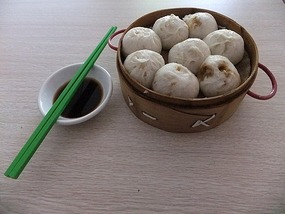
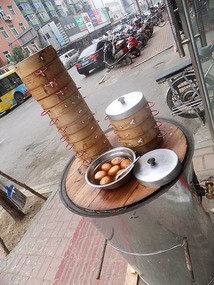

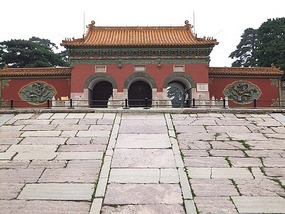
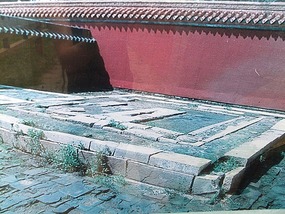
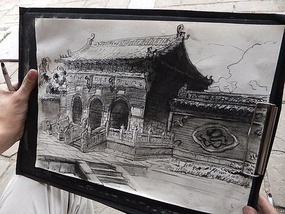
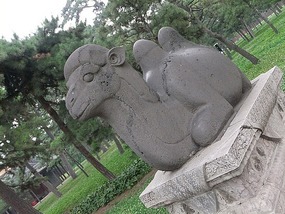
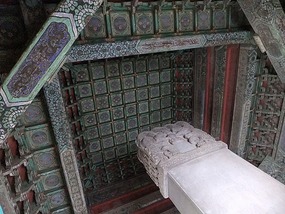
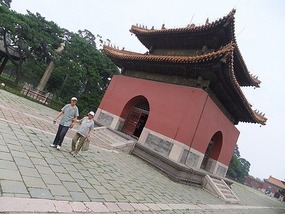
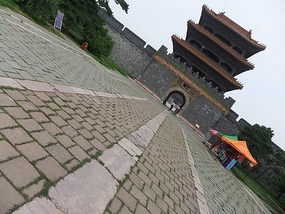
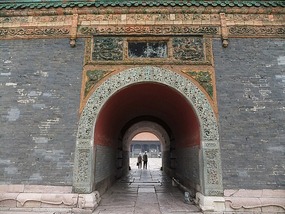
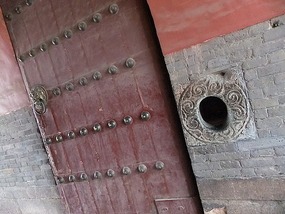
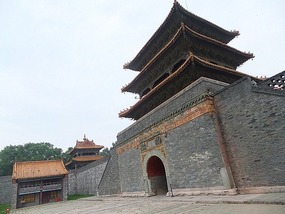
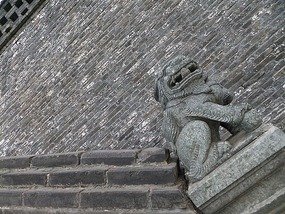

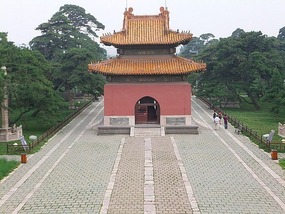
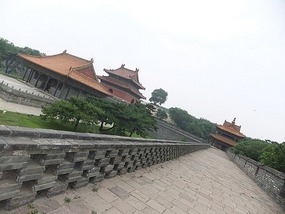
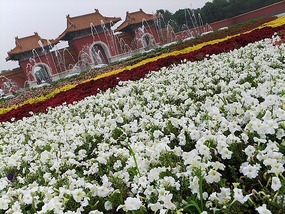
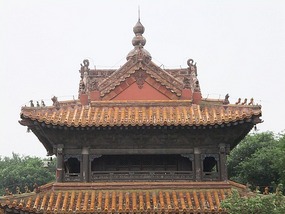
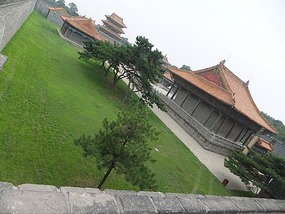
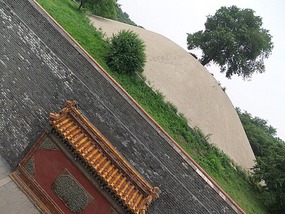
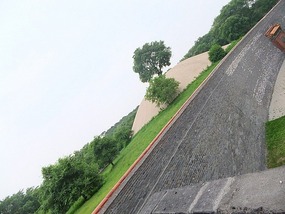

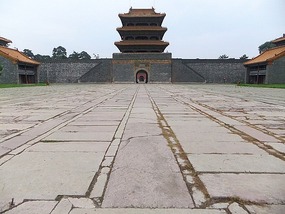
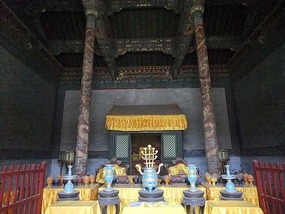
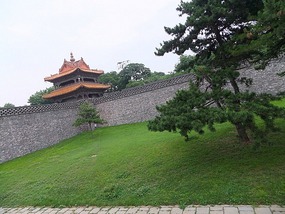
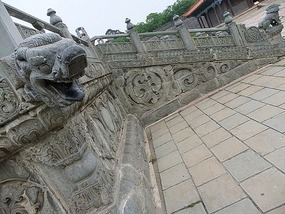

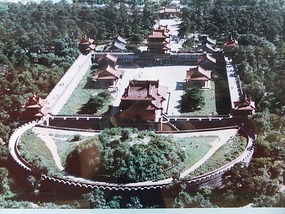
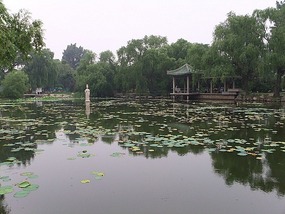
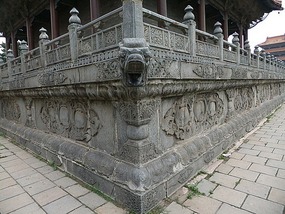
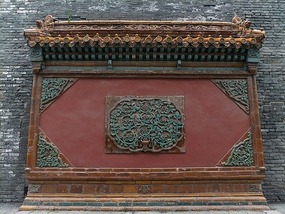
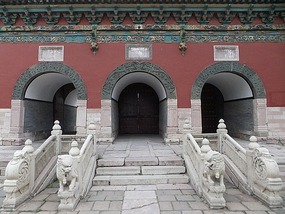
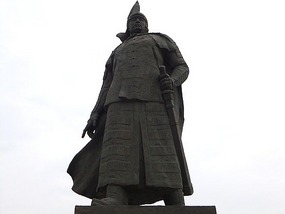
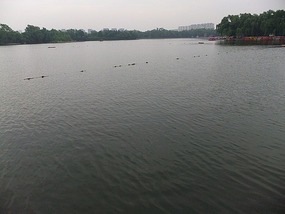
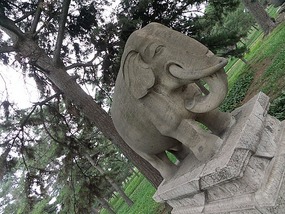
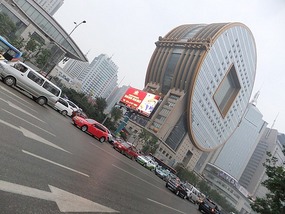
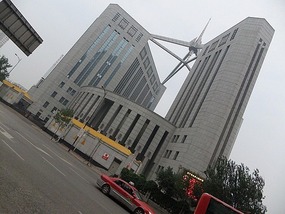
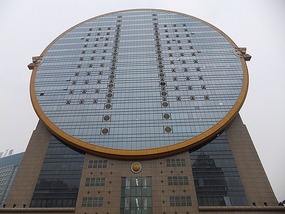
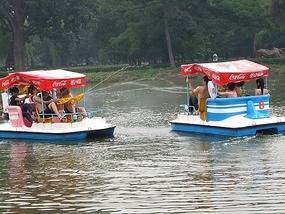
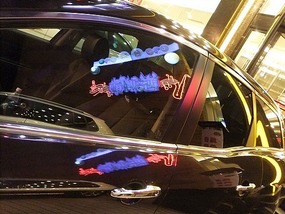
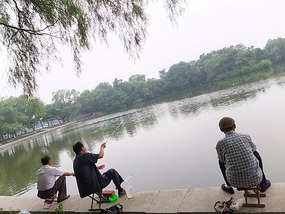
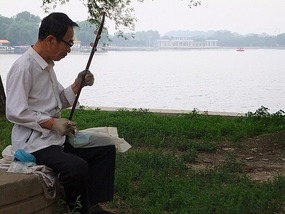

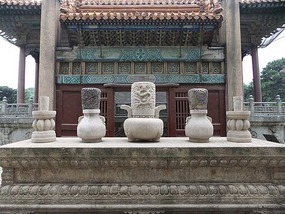
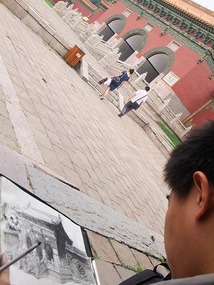
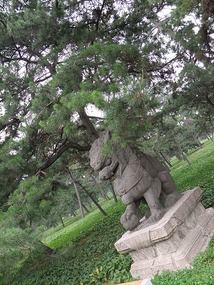
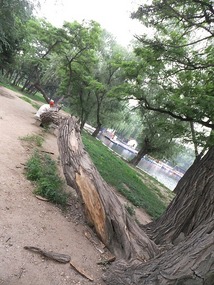

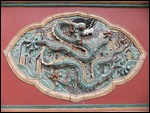
2025-05-22